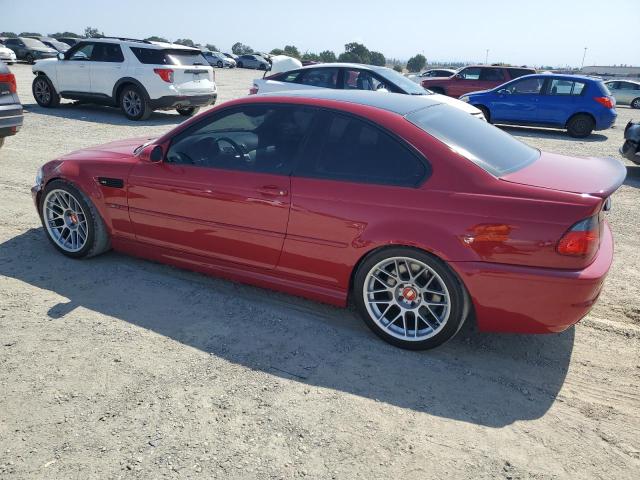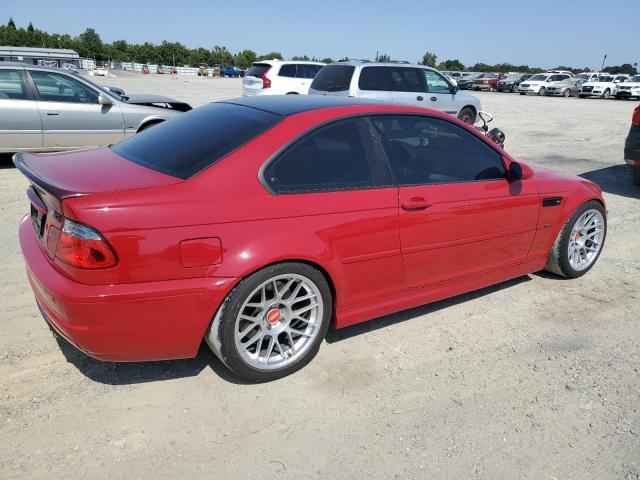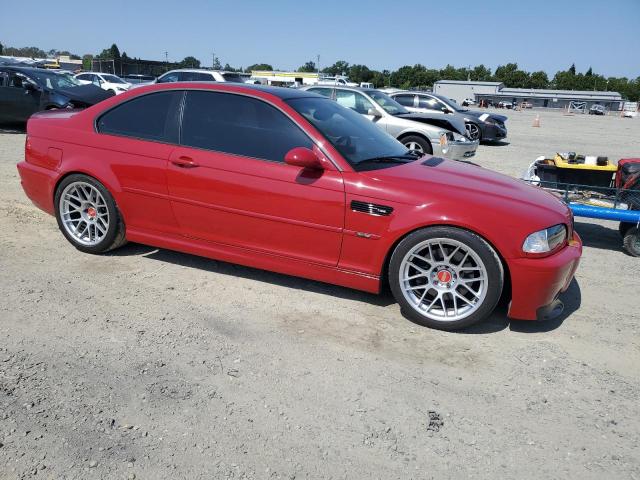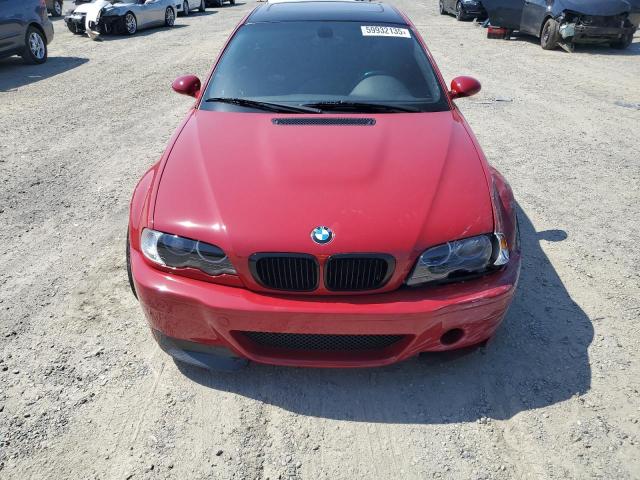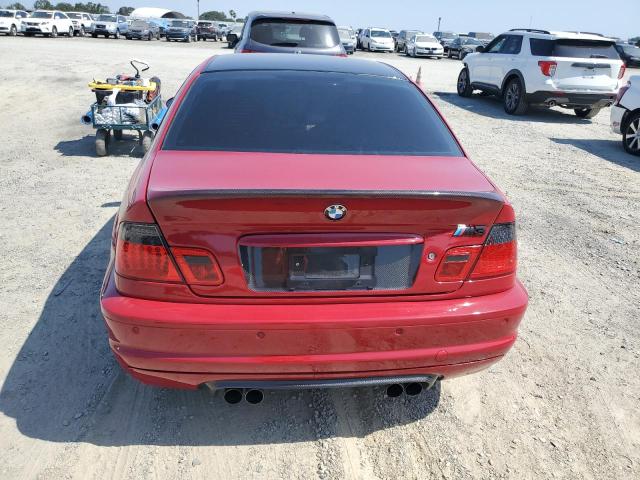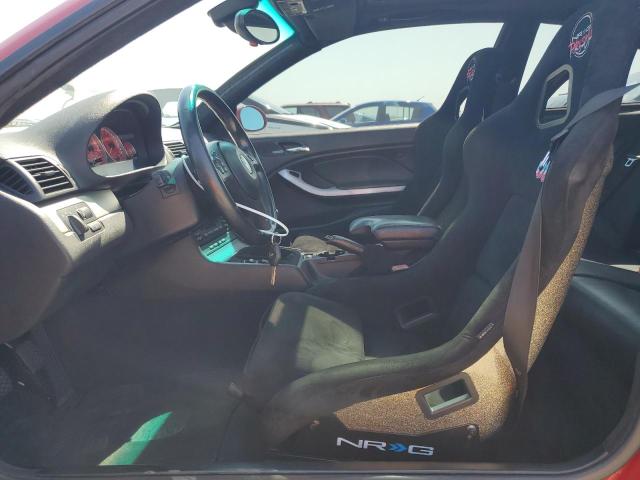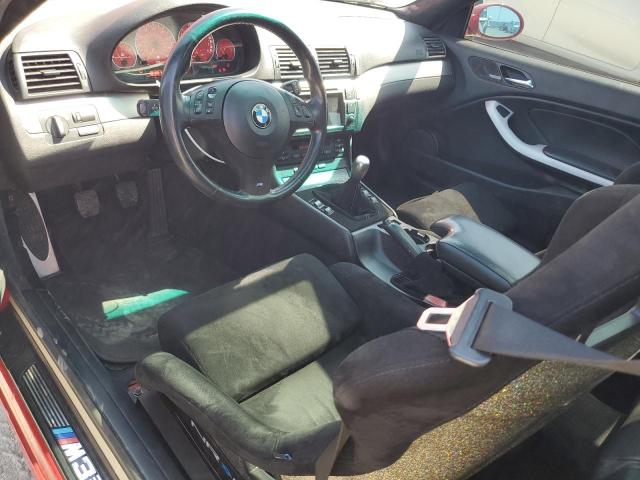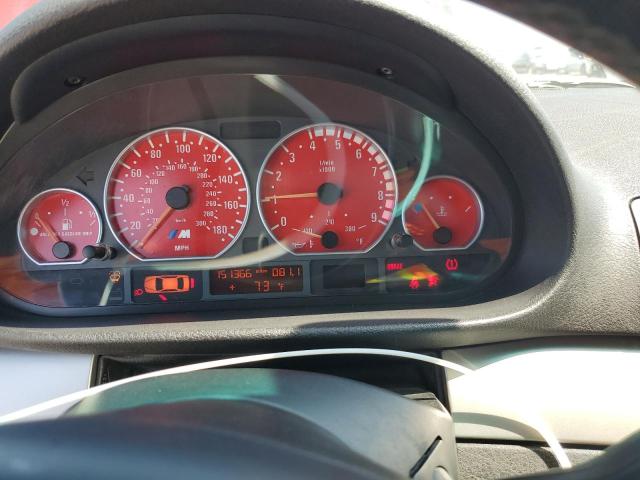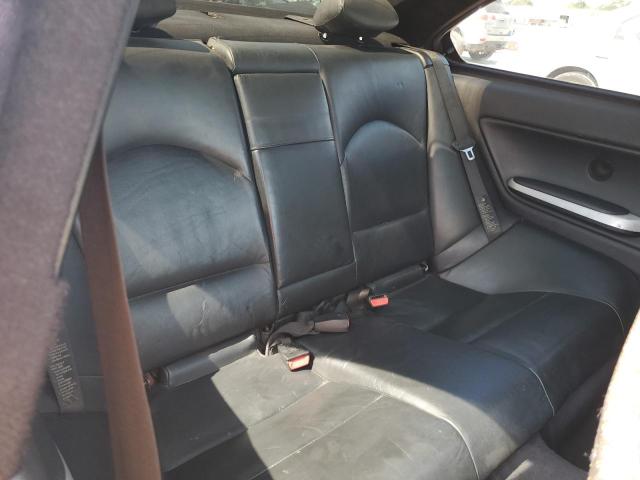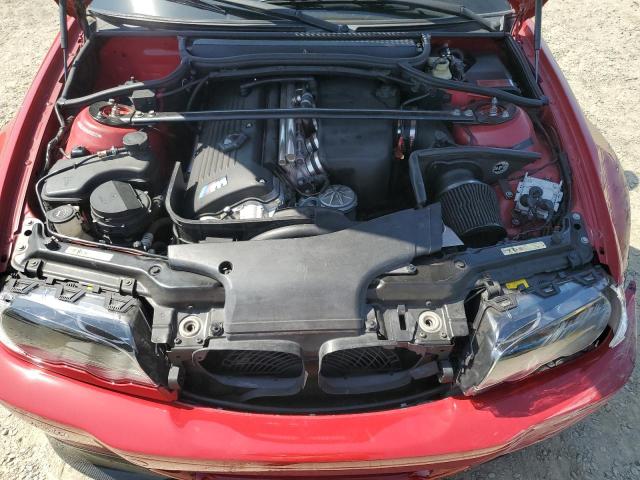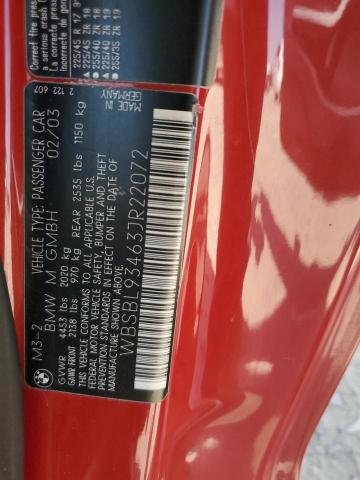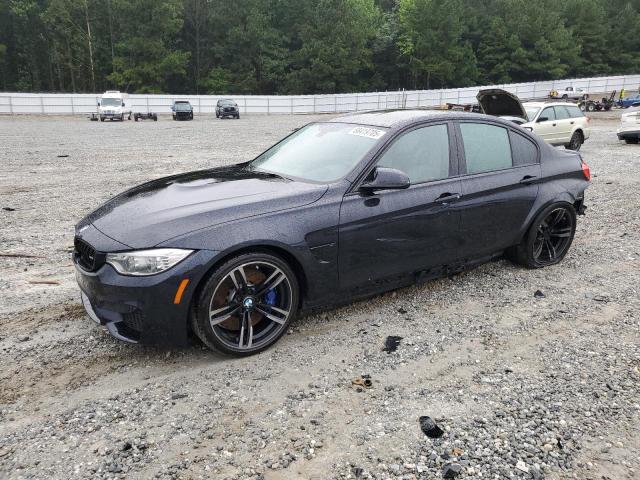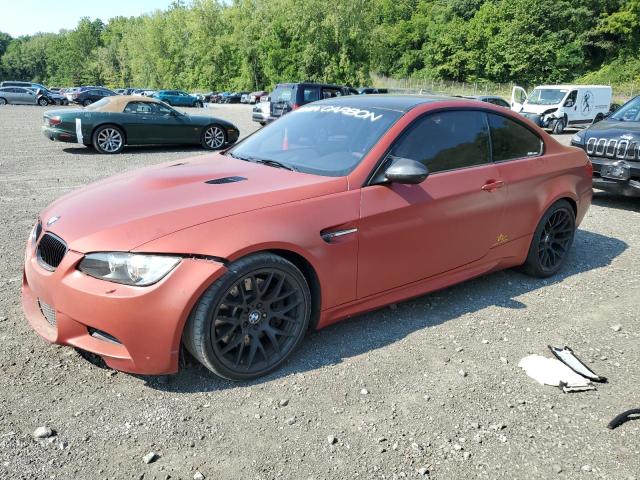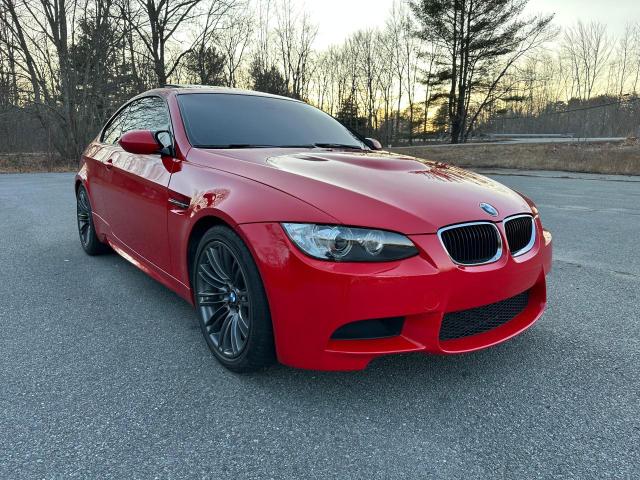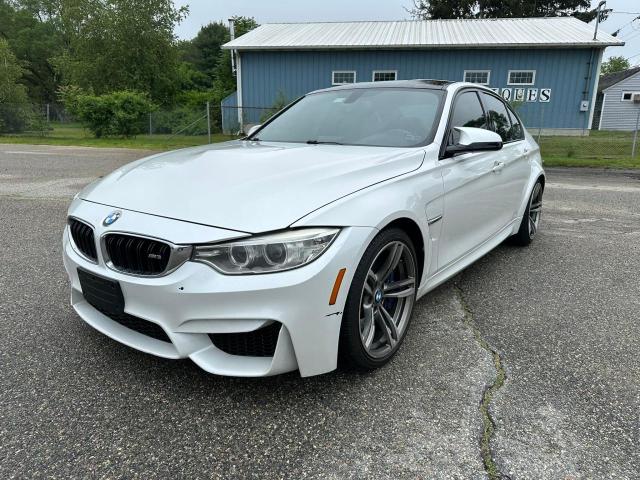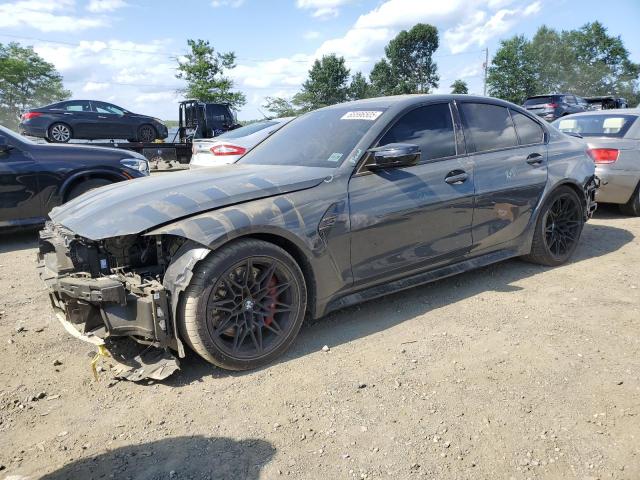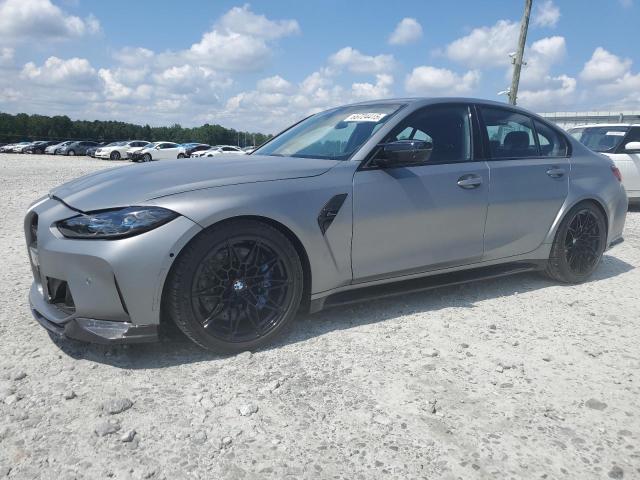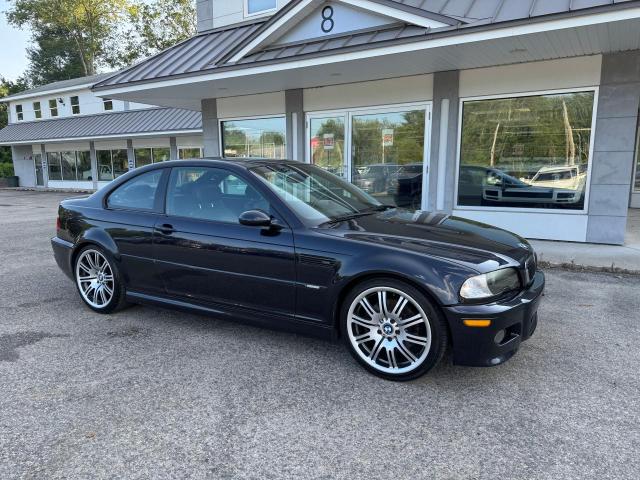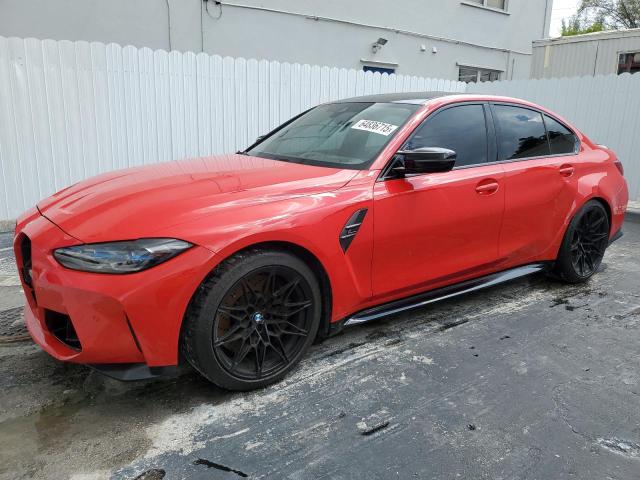2003 BMW M3 | WBSBL93463JR22072
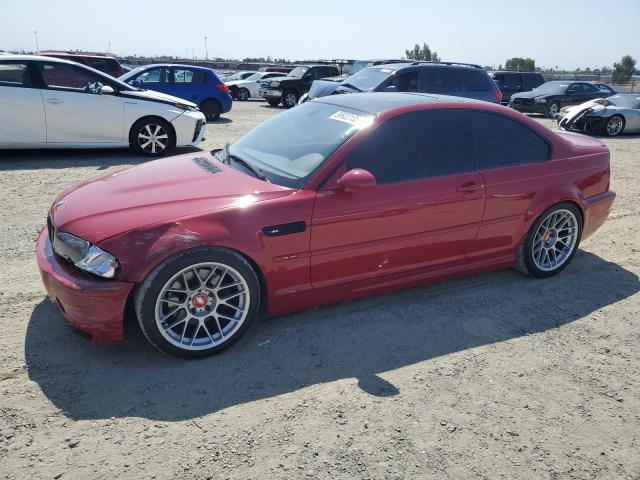 ❯
❯Vehicle specifications
1
~$55,000
Engine: 3.2L naturally aspirated inline-6
Torque: 365 Nm
0–100 km/h: : ~5.0 s
The E46 M3 is regarded as one of the purest driver’s cars of the modern era, with its 3.2L high-revving inline-6 engine (S54) producing 343 hp and peak torque at 5,000 rpm. Its throttle response is razor-sharp, and the redline stretches to an exhilarating 8,000 rpm, providing a raw, mechanical connection rare even in modern sports cars. With a 0–100 km/h time of around 5.0 seconds in manual form, the E46 delivered performance that rivaled many supercars of its day.
What sets the E46 apart is its chassis balance and feedback. The hydraulic steering is direct and communicative, the suspension is composed yet playful, and the limited-slip differential provides confident traction during spirited cornering. The rear-wheel-drive platform and near-perfect weight distribution made it ideal for both track days and mountain roads, while the SMG II gearbox (optional) offered semi-automatic gear changes for aggressive driving.
The E46 M3 is often held up as the high watermark of BMW’s M Division — a car that merges power, balance, and analog feel in a way that later models, with their increasing complexity, could not replicate. It’s a benchmark of mechanical purity and enthusiast engagement, blending speed, agility, and precision like few others in its class.
Final Bid BMW M3 (2003)
$13,500
$16,450
$20,200
Body Styles
The E46 M3 was offered primarily as a two-door coupe, with a convertible variant also available. The coupe features classic long-hood/short-deck proportions, aggressively flared wheel arches, and a wide stance that set it apart from the standard 3 Series. Measuring just under 4.5 meters in length, the body maintained compact dimensions for agile handling. The power bulge on the hood, signature quad exhaust, and aerodynamic mirrors visually reinforced its performance status. The cab-forward profile and low roofline emphasized its sporting intent while retaining everyday practicality.
Model Name Meaning (Manufacturer)
BMW’s “M” stands for “Motorsport” — a designation given to its high-performance division. The “3” denotes its basis on the 3 Series platform, meaning the M3 is the racing-inspired version of BMW’s compact luxury sports sedan.
Body & Interior Colors and Rims
The E46 M3 was offered in a range of iconic exterior colors including Laguna Seca Blue, Imola Red, Phoenix Yellow, and Carbon Black. More understated options like Titanium Silver, Jet Black, and Alpine White catered to traditionalists, while special-order Individual colors added exclusivity.
Interiors came in Nappa leather with optional Alcantara inserts, featuring colors such as Cinnamon, Kiwi, and Black, often paired with brushed aluminum, carbon fiber, or wood trim elements. M3-specific seats with enlarged bolsters, an M-stitched steering wheel, and analog dials with adjustable redline indicators gave the cabin a sporty, focused feel.
Wheels ranged from the standard 18-inch forged M Double Spoke alloys to the optional 19-inch Style 67 polished alloys. Both sets highlighted the car’s wide track and housed the high-performance M compound brakes. CSL models (not sold in the U.S.) had lightweight BBS-style wheels and thinner glass for weight savings.
Top Expensive Options
- SMG II Sequential Manual Gearbox: $2,400
- 19-inch Polished Alloy Wheels: $1,750
- Navigation System with TV Tuner: $2,100
- Harman Kardon Premium Sound System: $1,200
- Power Adjustable Sport Seats with Memory: $1,000
- Xenon Headlights with Washers: $800
- Park Distance Control (Rear): $700
- Leather Interior with Extended Trim: $1,500
- Power Convertible Soft Top (for Cabriolet): $2,000
- Individual Paint or Trim Options: $3,000+
vs Competitors
At the time, the E46 M3 squared off against the Audi S4 (B6), Mercedes-Benz C32 AMG, and Porsche’s entry-level 911 Carrera. While the S4 offered V8 torque and the C32 brought supercharged speed, neither could match the E46's sublime steering and chassis feel. The M3 balanced everyday livability with race-bred performance in a way the more expensive and less practical 911 couldn’t match. The manual version especially gained cult status for its driver engagement, and even the SMG model — though controversial — delivered lightning-fast shifts for its era. As rivals added weight and complexity, the M3 maintained a more analog and visceral driving experience that enthusiasts still revere.
Fun Fact
The E46 M3’s engine, the S54, was so highly engineered that it featured individual throttle bodies for each cylinder — a technology borrowed from BMW’s Formula 1 program. It also won “Engine of the Year” in its category multiple times, and the car’s design was led by Erik Goplen, who also worked on the Z3 M Coupe, giving the E46 M3 its aggressive, compact aesthetic that remains iconic to this day.



